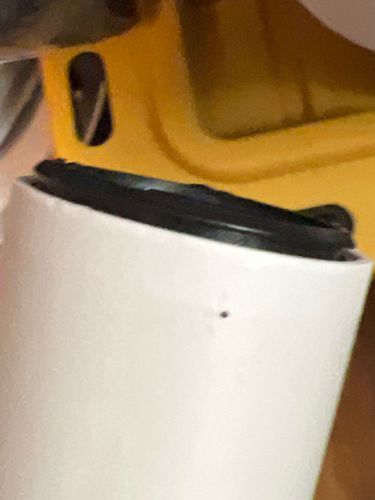Fruit Fly (likely)
Scientific Name: Drosophila melanogaster (common species)
Order & Family: Diptera, Drosophilidae
Size: 2-4 mm

Natural Habitat
Near ripening or fermenting fruits and vegetables, kitchens, waste areas.
Diet & Feeding
Yeasts and microorganisms found on rotting fruits, vegetables, and other organic matter. They are attracted to acetic acid (vinegar).
Behavior Patterns
Very short life cycle (around 2 weeks from egg to adult). Reproduce rapidly. Tend to fly in small, erratic patterns. Adults are attracted to light and fermenting odors.
Risks & Benefits
Potential risks include being a nuisance pest in homes and commercial kitchens. While not directly harmful to humans (do not bite or sting), they can contaminate food and are carriers of bacteria from their breeding sites to food surfaces. They are also widely used in genetic research due to their short generation time and easily observable traits, providing significant scientific benefits.
Identified on: 10/1/2025